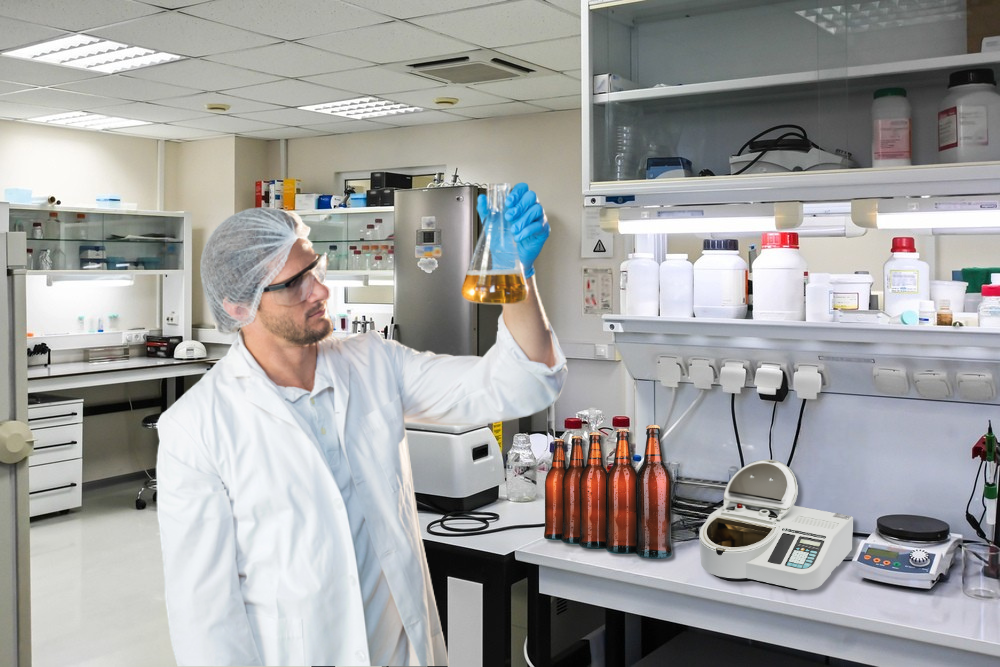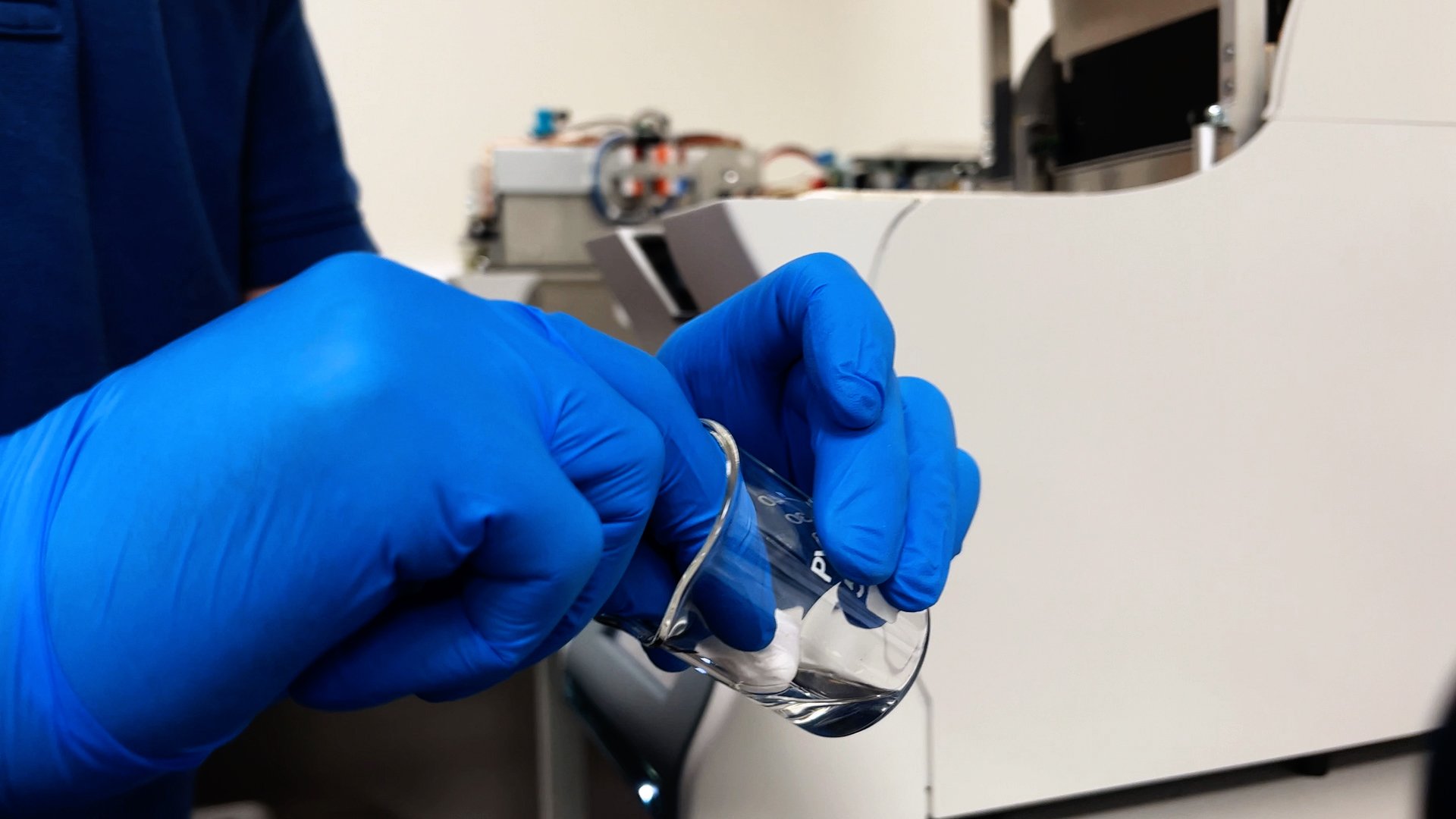Ensuring Quality Control: Testing in Beer Production
Discover the essential role of testing in beer production and how it ensures quality control throughout the process. Testing plays a crucial role in...

When you brew beer or cider, you’re not just creating flavour you’re producing ethanol. But how do you know if the ABV on your label is actually what’s in your cans?
For small craft brewers and large commercial producers alike, your ethanol level shapes how your product is regulated, how it tastes, and how much your customers trust your brand. And if you’re scaling up or selling low- or no-alcohol drinks, you’re under even tighter scrutiny.
In this post, you’ll learn why reliable alcohol testing is non-negotiable, how GC-FID works in practice, and how an in-house system gives you tighter control and confidence, batch after batch.
Your ABV must match your label. It’s not just about quality it’s the law.
In the UK and many other markets, regulators spot-check alcohol content. If your label says 4.5% ABV but your product tests at 5.5% or more, you could face fines, relabelling or loss of retail listings. For low- or no-alcohol beers and ciders, tight tolerances matter even more. In the UK, “alcohol-free” must stay under 0.05% ABV. “Low-alcohol” must be under 1.2% ABV.
HMRC Alcohol Duty Guidance
Institute of Brewing & Distilling
Accurate testing also helps you:
Keep batches consistent so customers get the same taste every time.
Monitor fermentation health and catch stuck or sluggish ferments early.
Prove your label is compliant to retailers and export partners.

Gas Chromatography with Flame Ionisation Detection (GC-FID) sounds technical, but the principle is simple. You separate your beer or cider into its parts — then precisely measure how much ethanol is really there.
Here’s the basic process:
Sample: Take 1–2 mL of your beer or cider.
GC Column: The GC heats your sample, turning it into vapour and separating ethanol from water, sugars, and other compounds.
FID Detector: Each separated compound burns in a tiny flame. The flame creates ions the bigger the ethanol peak, the higher the ABV.
Result: Your software turns this into a clear, accurate % ABV result.

Many breweries ask: “How often should we check our ABV?”
Here’s a smart routine:
Test mid-fermentation to spot problems early.
Test post-fermentation to confirm final ABV before packaging.
Run periodic spot checks on new recipes or seasonal batches.
Routine testing helps you stay compliant, avoid costly relabelling and catch process issues before they reach your customers.
Is GC-FID too complex for a small brewery?
Modern systems like Ellutia’s 200 Series are designed for ease of use. Once set up, routine checks are straightforward draw a sample, run the test, read your result.
Is it worth the investment?
Many craft brewers find that avoiding third-party lab fees and costly relabelling pays for the system in months plus, you gain tighter process control and peace of mind.
Can I test low-alcohol or alcohol-free drinks?
Absolutely. GC-FID is ideal for proving your product stays under strict limits, every batch.
Ellutia’s 200 Series GC is compact, cost-effective and simple to run. It lets you bring ABV testing in-house, saving time and money while protecting your product and your label.
Your customers trust what’s in the can, make sure you do too.

Want to see how easy in-house ABV testing could be for your brewery or cidery?
Helpful Links & Resources:
HMRC Alcohol Duty Guidance
Institute of Brewing & Distilling
Learn more about the Ellutia 200 Series GC

Discover the essential role of testing in beer production and how it ensures quality control throughout the process. Testing plays a crucial role in...

When you brew beer or cider, you’re not just creating flavour, you’re also producing ethanol. And if your label says “alcohol-free,” even a tiny...

Discover the significance of ECD wipe tests in ensuring detector safety and compliance with regulatory requirements.